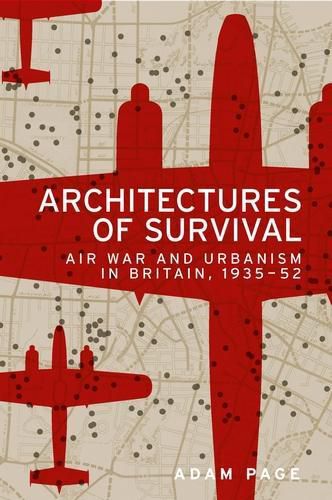Readings Newsletter
Become a Readings Member to make your shopping experience even easier.
Sign in or sign up for free!
You’re not far away from qualifying for FREE standard shipping within Australia
You’ve qualified for FREE standard shipping within Australia
The cart is loading…






Architectures of survival is an original and innovative work of history that investigates the relationship between air war and urbanism in modern Britain. It asks how the development of airpower and the targeting of cities influenced perceptions of urban spaces and visions of urban futures from the interwar period into the Cold War, highlighting the importance of war and the anticipation of war in modern urban history. Airpower created a permanent threat to cities and civilians, and this book considers how architects, planners and government officials reframed bombing as an ongoing urban problem, rather than one contingent to a particular conflict. It draws on archival material from local and national government, architectural and town planning journals and cultural texts, to demonstrate how cities were recast as targets, and planning for defence and planning for development became increasingly entangled. – .
$9.00 standard shipping within Australia
FREE standard shipping within Australia for orders over $100.00
Express & International shipping calculated at checkout
Architectures of survival is an original and innovative work of history that investigates the relationship between air war and urbanism in modern Britain. It asks how the development of airpower and the targeting of cities influenced perceptions of urban spaces and visions of urban futures from the interwar period into the Cold War, highlighting the importance of war and the anticipation of war in modern urban history. Airpower created a permanent threat to cities and civilians, and this book considers how architects, planners and government officials reframed bombing as an ongoing urban problem, rather than one contingent to a particular conflict. It draws on archival material from local and national government, architectural and town planning journals and cultural texts, to demonstrate how cities were recast as targets, and planning for defence and planning for development became increasingly entangled. – .